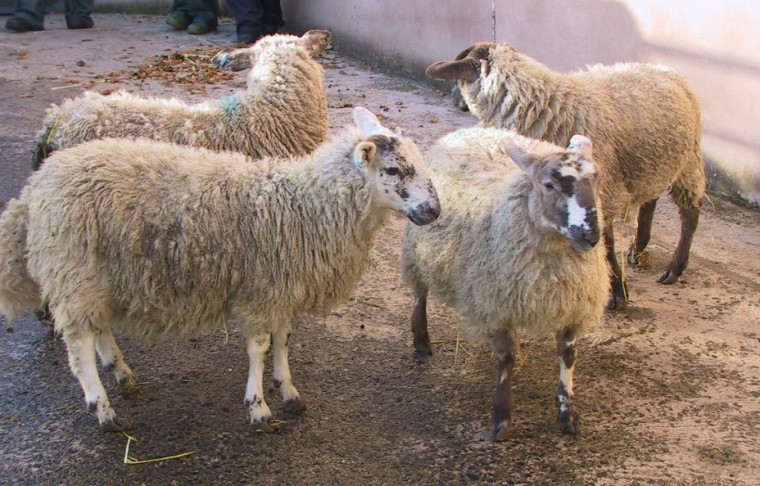According to Nia Williams, Nettex Technical Marketing Manager, farmers have reported that whilst early lambs have got away well, later lambs have not been flourishing. “Although grass growth has been unhindered this season, forage mineral analysis performed by Nettex has identified levels of essential trace elements below the optimum.
“Average cobalt levels in forage only rations have been recorded as below lamb average daily requirements. The wet weather last winter and spring has contributed to trace elements being leached from soils,” she explains. “This, combined with grazing quality now declining, and in some cases drying up due to the recent hot weather, has meant lambs are not thriving and the lack of cobalt seems to be a contributing factor,” warns Nia.
Trace elements play a significant role in lamb health and performance. “Cobalt is especially important as it is an essential component of Vitamin B12. Rumen bacteria require a level of cobalt to be able to synthesise Vitamin B12, vital for energy metabolism and efficient lamb growth.
“However, lambs have a limited capacity to store cobalt in the body and therefore require supplementation to ensure sufficient daily intake particularly in regions were cobalt deficiency is prolific,” she says.
Nia explains that ewes synthesise their own Vitamin B12 for which a proportion is passed onto the lamb her milk. Lambs also make their own Vitamin B12 from forage intake. “As lambs are weaned, the loss of Vitamin B12 via the milk, combined with their delayed increase derived from grazing, can mean lambs do not push on as well, particularly in areas that are deficient in the trace element,” she says.
Weaned lambs are therefore most at risk of clinical cobalt deficiency, known as ‘pine’. Symptoms include ill-thrift and lack of appetite resulting in longer finishing times and reduced carcass weights.
For farmers who think their lambs may be suffering from cobalt deficiency, Nia advises they seek help from an independent expert. “Having forage analysed or blood samples taken is recommended to confirm animals are suffering from cobalt deficiency and to clarify that other factors are not contributing to poor performance. Assuming a deficiency, the next step is to administer cobalt.”
Nia adds, that Nettex has two products designed to combat cobalt deficiency post weaning. “The Cobalt, Selenium and Vitamin B12 Drench immediately provides the lamb with trace element and vitamin supplementation that can be rapidly absorbed to aid cobalt and Vitamin B12 levels. The Nettex Cob-I-Sel 25, Cobalt Micro Bolus, release a daily dose of cobalt for a period of 25 days, providing a longer term solution,” says Nia.
The alternative modes of action of the Nettex products allow farmers to adapt a treatment and management programme to suit their system. “For those farmers who are regularly handling animals, a drench is a quick and easy way to administer cobalt, with rapid effect. For those with limited access to handling systems or where regular intervention is impractical, the bolus provides protection for up to a six to eight week period.”
Nia notes that sub optimum cobalt intake may be avoided by pre-empting the situation. “If farmers are aware they are in an area where cobalt is deficient, an initial drench administered to lambs, followed by a bolus from the age of five weeks can be an effective programme to avoid the risk of deficiency post weaning.”
She concludes, “Research has proven the Cob-I-Sel bolus can help increase lambs’ daily live weight gains (DLWG) by 40g per day in areas of deficiency, and provides a cost effective long term solution for farmers when combined with drenching in the first weeks of life.”




